Tadashi Sugiyama

Joining the company in 1983, Sugiyama’s design work informed several games from the early NES and SNES period. He designed the Ice Climbers and his first directing credit was on Zelda II: The Adventure of Link. He then moved on to the Mario Kart series and F-Zero, more recently with producing duties on Wii Fit and Star Fox.
Eiji Aonuma
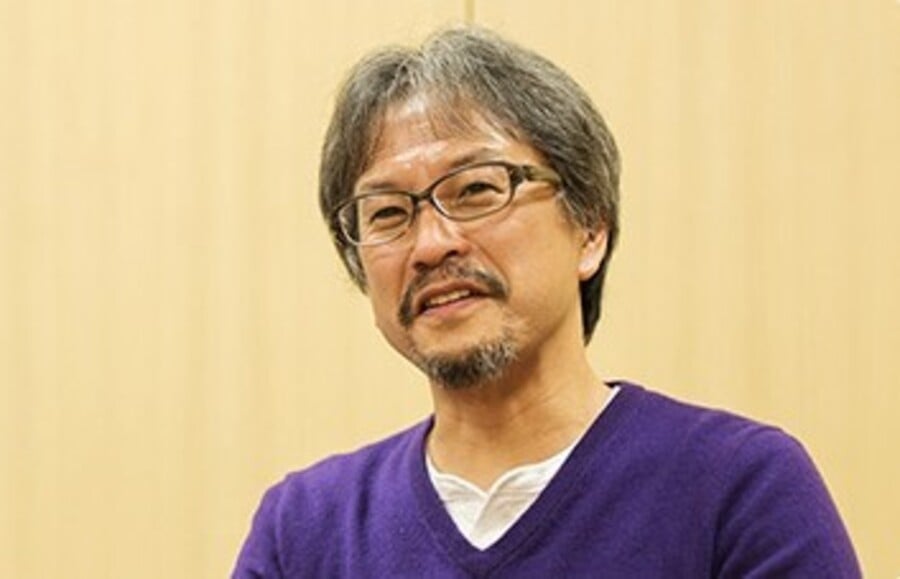
First starting out as a designer on NES Open Tournament Golf, Aonuma has shaped the Zelda series for many years now. It was his work on the Japanese-only SNES title Marvelous: Another Treasure Island that got him noticed by Shigeru Miyamoto, who promptly got him to work designing dungeons for Ocarina of Time.
He then went on to co-direct Majora’s Mask (with Yoshiaki Koizumi, in fact) after which he was given the keys to the series which he has overseen ever since, so his influence on one of Nintendo’s crown jewel franchises cannot be understated.
Yoshio Sakamoto

Sakamoto is a veteran of the company since 1982 and responsible for the direction and writing behind most of the major Metroid games since Super Metroid (minus the Prime games). ‘Nuff said, really.
While his reputation as ‘Mr. Metroid’ makes him a revered member of Nintendo’s creative workforce – especially in the west – he is also heavily involved with the design of the brilliant WarioWare microgame series as well as production of the Rhythm Heaven games.
Koji Kondo
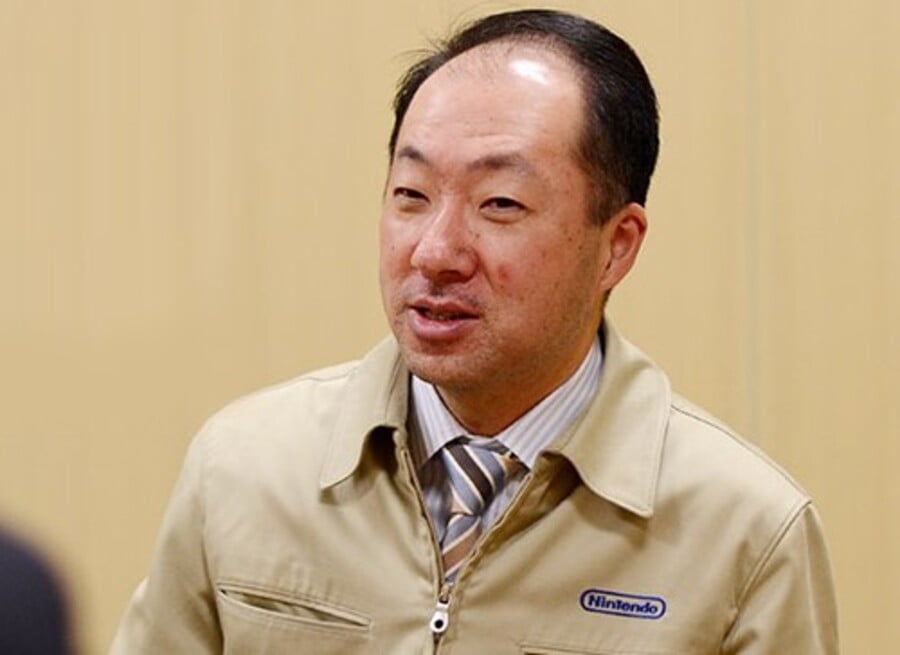
The musician behind many of the classic tunes from the Super Mario and Zelda games, it’s his music that brought those 8-bit worlds to life. Nowadays the incredible scale of Hyrule can be realised in three dimensions, as we’ve seen in Breath of the Wild, allowing the music to take a backseat – an accompaniment to the world. Back on the Famicom, though, make no mistake – it was Kondo’s music which made Link’s adventures epic.
These days he’s supported by a talented team of composers including Naoto Kubo, Shiho Fujii, Mahito Yokota, Toru Minegishi and Yasuaki Iwata to name a few, but the original themes he wrote for those smaller compartmentalised worlds continue to echo through the company’s biggest games; part of the fabric of those places and of Nintendo itself.
Katsuya Eguchi
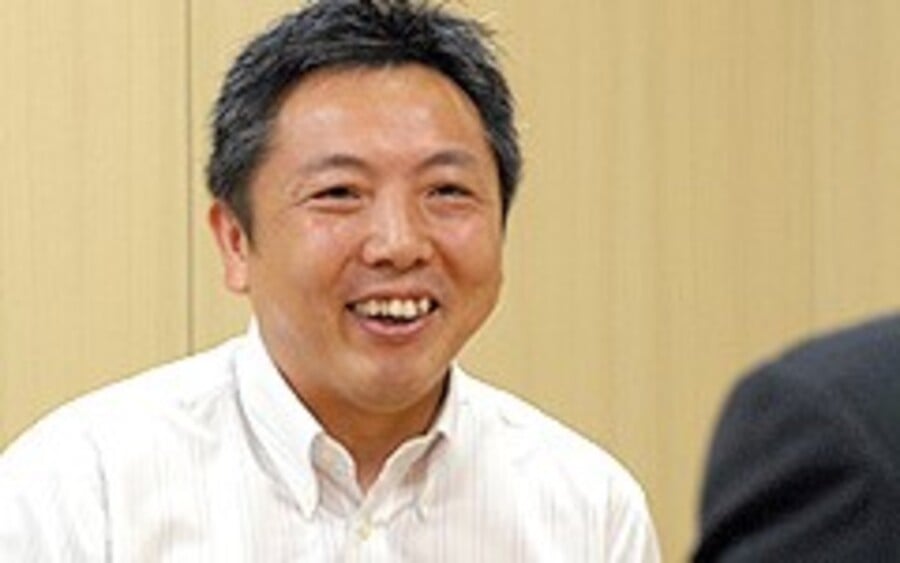
Starting at the company in 1986, Eguchi was a designer on Super Mario Bros. 3 and moved on to directing with Star Fox and Wave Race 64 before taking on the Chief Designer role with Yoshi’s Story. He’s produced many games across the Wii, Wii U and 3DS consoles, but these days he’s probably best known as the creator of the Animal Crossing series.
Genyo Takeda
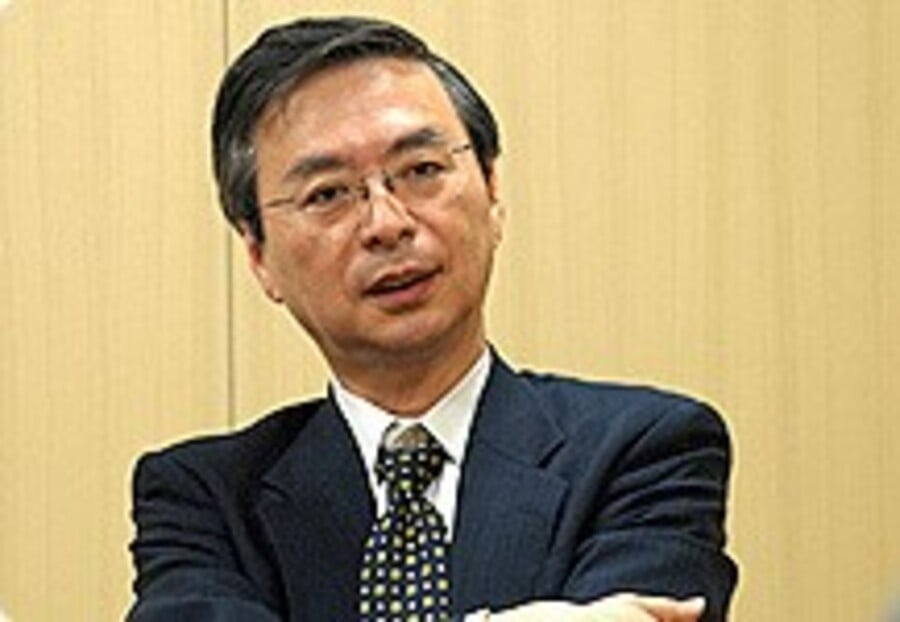
Takeda retired in 2017 after spending 45 years at Nintendo. According to Shigeru Miyamoto and Satoru Iwata (and they’d probably know), he was Nintendo’s first ever game designer working on an arcade game called EVR Race. Later on he would mastermind Punch-Out!! and StarTropics but he spent most time developing console hardware – he worked alongside Masayuki Uemura designing chips for the Famicom/NES and was heavily involved in the development of the Wii.
Minoru Arakawa

Nintendo of America’s first president and a key figure in bringing NES to the US, he was also Hiroshi Yamauchi’s son-in-law. Yamauchi’s ‘encouragement’ led to his deployment overseas and directing his efforts to establishing Nintendo’s presence in the USA. It’s Arakawa who christened the plumber hero of Donkey Kong ‘Mario’ and he who shaped the west’s perception of the company following the video game crash of 1983.
Of course, Arakawa didn’t work alone in his efforts to translate Nintendo for a western audience. Other players were integral to introducing the company to the US market, including Peter Main, Gail Tilden and the next person on our list…
Howard Lincoln
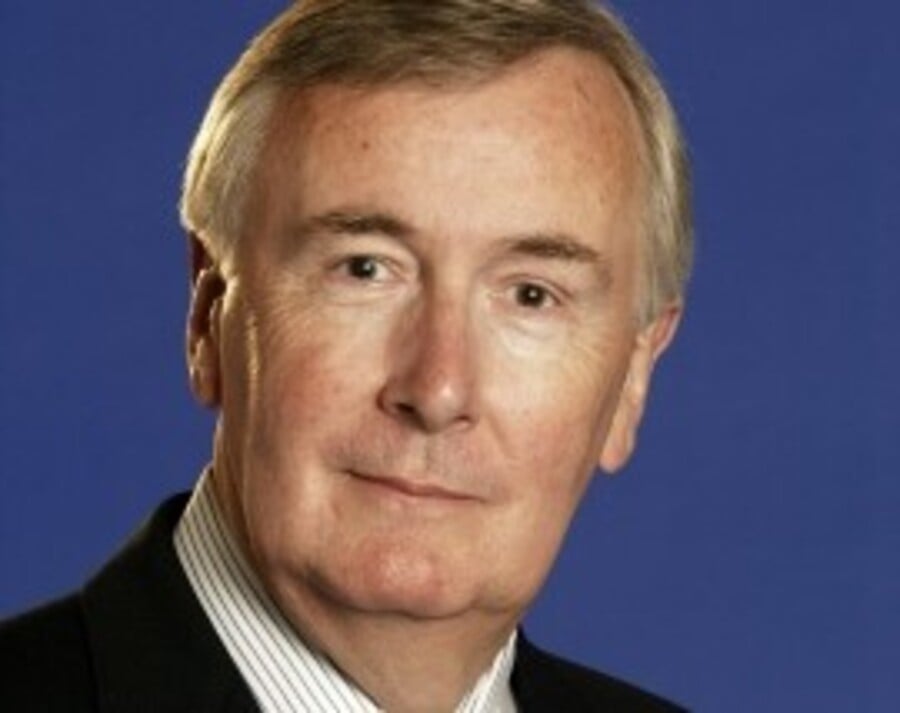
Lincoln practised law by trade and became a Nintendo employee in 1983. He had been responsible for hiring the lawyer who won a big case for them in 1981, saving the company after Universal Studios took it to court over the usage of ‘Kong’ in the title Donkey Kong. As Chairman of Nintendo of America, he represented the company during the US Senate hearings on video game violence, famously stating that Night Trap would never appear on a Nintendo system. You can't win 'em all.
Together with Arakawa, he laid the foundations for today’s NOA through canny marketing and business deals. He also worked closely with this next guy to secure a very important title for the Game Boy…
Henk Rogers

A Dutch designer who led development of The Black Onyx, one of the very first turn-based role-playing games in Japanese, Henk (not Hank) Rogers is most famous as the man responsible for securing the licence to Game Boy’s killer app, Tetris. The race to Russia to get those rights has been documented various times, including in a BBC documentary that we thoroughly recommend – it’s a fascinating yarn involving confusion, dirty dealings and subterfuge. Some of the people on this list are interviewed and the whole debacle provides a great insight into the goings on at the company and the industry at large in the ‘80s.
Rogers went on to form The Tetris Company where he still works as Managing Director. An absolutely pivotal figure in Nintendo’s handheld story and, arguably, in the popularisation of RPGs in Japan. You can read more about Rogers' incredible story and his relationship with Hiroshi Yamauchi in our feature from last year by the brilliant John Szczepaniak.
Chris and Tim Stamper
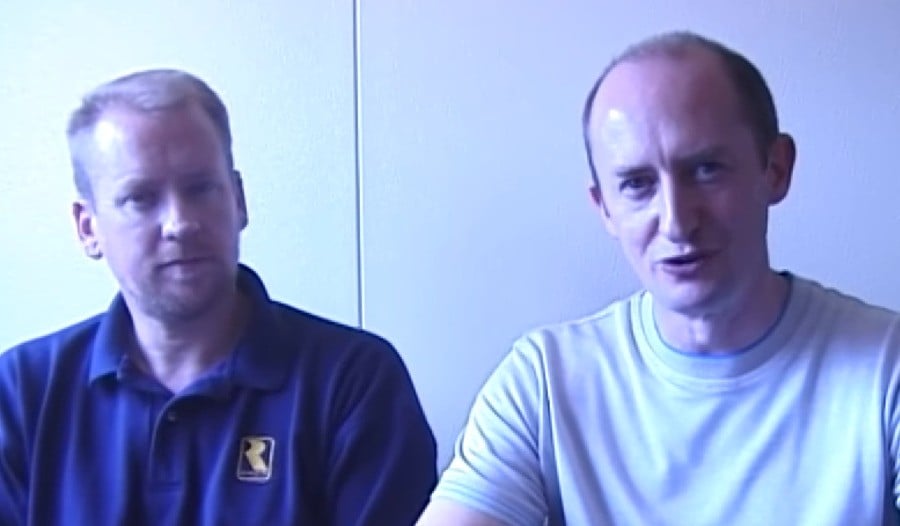
The brothers behind developer Ultimate Play the Game, the company would become Rareware and create some of Nintendo’s biggest successes of the Super Nintendo and N64 eras. The Donkey Kong Country series gave the SNES a brilliant send off, but when Sony’s PlayStation was giving N64 a real kicking in the late ‘90s, it was incredible games like GoldenEye 007, Banjo-Kazooie and all Rare’s other hits that kept the candle burning for Nintendo fans.
Following Microsoft’s 2002 acquisition of Rare, the brothers left in 2007 and have kept a relatively low profile ever since (Tim popped up on Twitter in 2015 with some juicy tweets about cancelled SNES game Project Dream, the game that would ultimately morph into Banjo-Kazooie). There’s no doubt, however, that Nintendo's history would be very different without Rare’s games bolstering the N64’s library.
Masahiro Sakurai
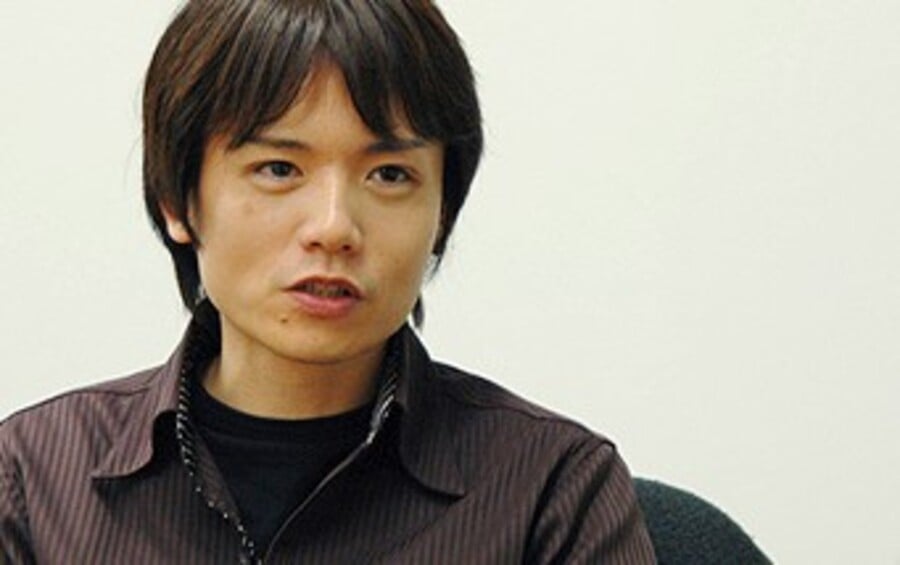
Formerly of HAL Laboratories and the father of Kirby and Super Smash Bros., Sakurai has famously done the same deal with the devil as Patrick Stewart and Cher, which causes great confusion when he tries to join in with the 10-year-challenge pic trend. Somewhere in a Japanese attic, there’s a ghastly-looking portrait of Mr Sakurai.
Considering the multiple stories that suggest he puts absolutely everything into his work – to the detriment of his own health – it’s even more surprising the years haven’t taken their toll on his youthful looks. As well as his most famous gaming progeny, he also led design on puzzler Meteos and writes a weekly column for Japanese gaming bible Famitsu. His dedication has helped Nintendo immeasurably, although once he’s finished up with the Smash Ultimate DLC packs, we hope he gets some much-needed R&R.
Hiroshi Imanishi
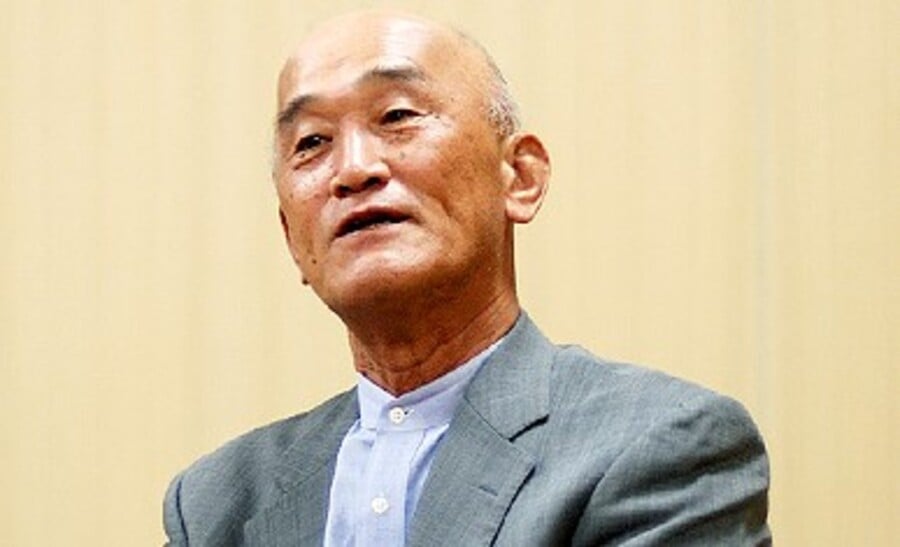
Imanishi is the man who helped to convince Yamauchi that toys and electronics were where Nintendo should be. He founded the Games division of the company back in 1969 and was also responsible for recruiting Gunpei Yokoi, Genyo Takeda and Masayuki Uemura. So, without this guy, Nintendo wouldn’t have those guys. Pretty integral, we’d say.
Kensuke Tanabe
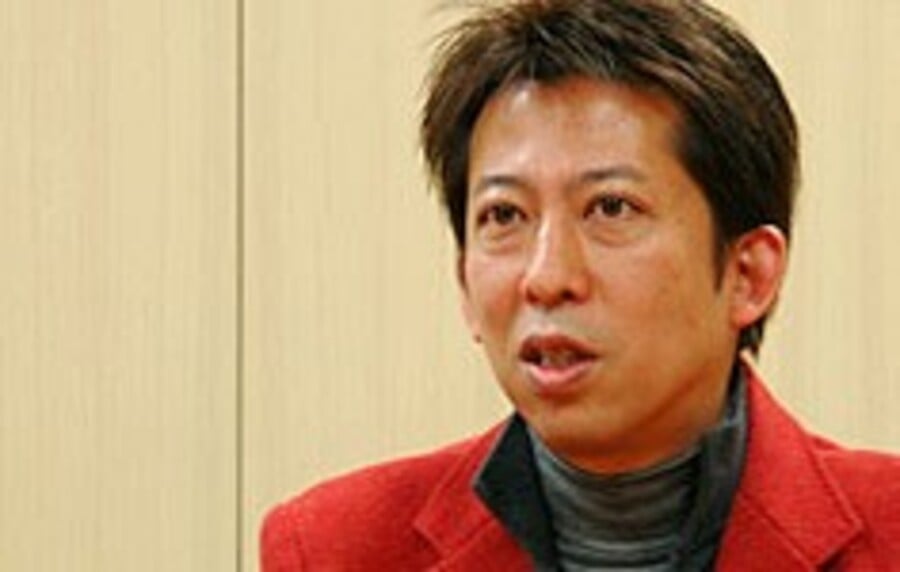
Tanabe’s first credit is as director of Doki Doki Panic, the game that would evolve into Super Mario Bros. 2 in the west. Following that, he did design work on a great number of platform games, including many of the Kirby games, plus writing on the Zelda series including A Link To The Past, Link’s Awakening and Ocarina of Time. More recently he’s done production work on dozens of titles, perhaps most notably on the Metroid Prime series – he’s listed as a producer on the upcoming Metroid Prime 4, so he’s no-doubt got his nose to the grindstone as we speak.
Hirokazu 'Hip' Tanaka
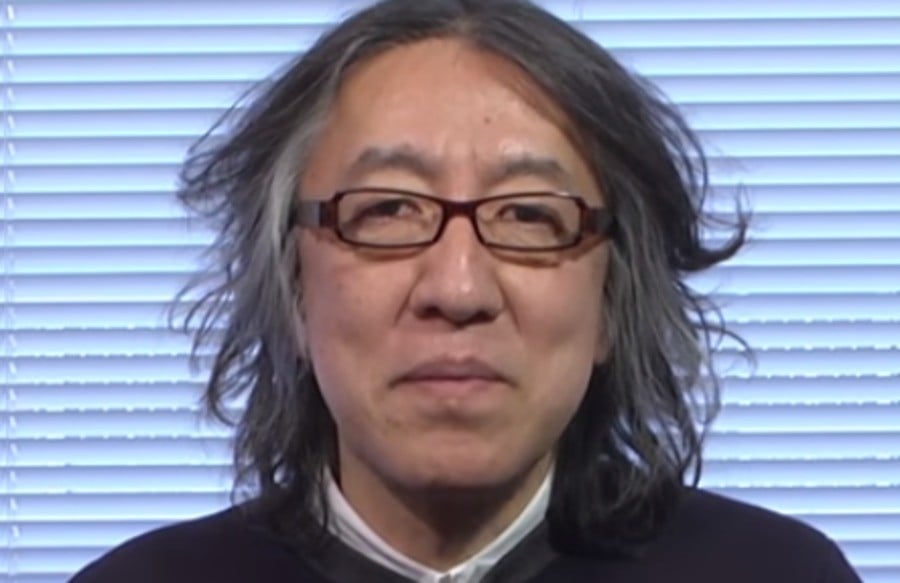
While Koji Kondo gets the credit for Mario and Zelda, much of the music from the NES' early catalogue comes from this man. Adept with earworm-y melody and textured ambient tracks alike, he helped drag video game music out of the realm of mere blips and blops. Whether it's his infectiously bouncy Balloon Fight tune, the unnerving atmosphere of Metroid, the catchy jingle and effects of the original Donkey Kong or that tune from the Game Boy version of Tetris, Hip Tanaka created a soundscape for Nintendo in the '80s that would go on to shape video games as a whole.
A most excellent person by all accounts, he occasionally performs in clubs and other venues under the name Chip Tanaka. Although he left Nintendo in 1999, he's been with Creatures, Inc. (one of the three entities that comprises The Pokémon Company along with Nintendo and Game Freak) ever since, becoming its president in 2001.
Tatsumi Kimishima
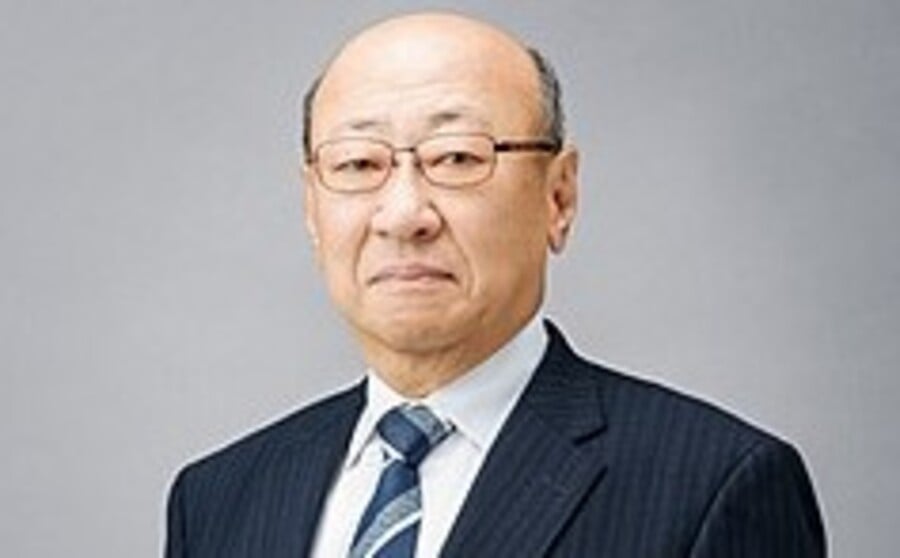
Glance at Kimishima’s CV and you might conclude that he’s the man you tap for interim executive positions. Despite keeping a generally low profile, he spent two years working at The Pokémon Company before succeeding Minoru Arakawa as president of Nintendo of America in 2002 (after which Reggie took the reigns). In 2015 he was the go-to guy for the worldwide presidency when Satoru Iwata suddenly passed away. He shepherded Switch to market in 2017 and helmed the ship until Shuntaro Furukawa took over in 2018. Although he may not play the showman like certain others on this list, he’s quietly overseen a great many of Nintendo’s successes from positions all over the company.
Reggie Fils-Aime
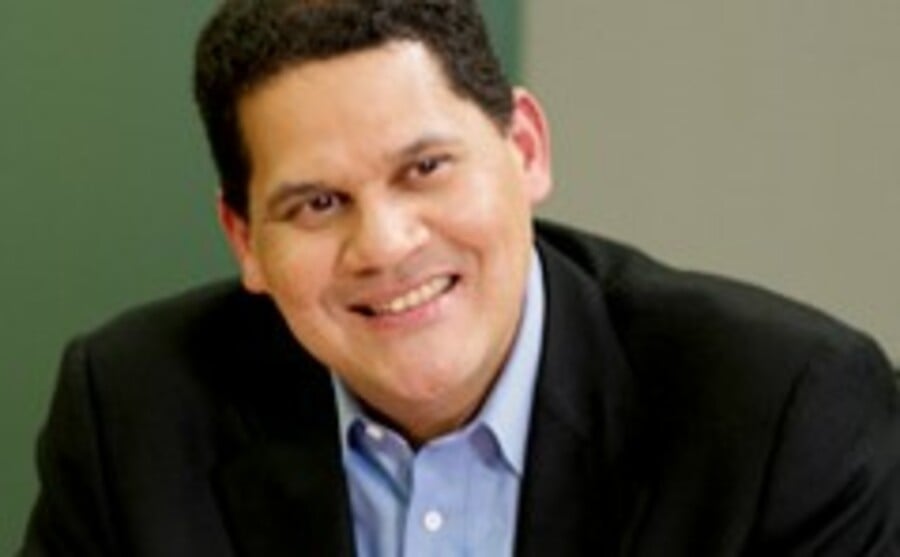
Yes, yes, we’ve included the big guy. His marketing nous and strategising have been key to the company’s continued success in the US. Although he can only sell what he’s given to work with and ultimately has little influence on the overall direction of the Japanese company, Reggie’s tenacity and personality as the face of Nintendo in the West has elevated him in the minds of many gamers. From a PR perspective, he’s had a tremendous effect on the perception of Nintendo, despite having little influence over the company’s products. For that reason, we think he deserves to sneak onto the list.
There are many more people who have contributed greatly to our favourite games, of course – check out the likes of Masamichi Abe, Shigefumi Hino, Keisuke Terasaki, Risa Tabata, and Hiroji Kiyotake, for starters. Other people are still something of an unknown quantity – incoming NOA president Doug Bowser and current worldwide president Shuntaro Furakawa, for example, haven’t had enough time to make an impression. Game development – both hardware and software – is a long process, and only over the coming years will we see the results of recent decisions and how their influence is shaping modern Nintendo.
There are also other famous names like Nintendo Treehouse veteran Bill Trinen or even the voice of Mario, Charles Martinet, who have made massive contributions, but they’re fundamentally working with material they’re given by Japan. Still, they're key figures in the overall story and the Nintendo we know and love today wouldn't quite be the same without them.

If you're interested in learning more about the key figures behind the company, we'd recommend the Iwata Asks archive on Nintendo's website. It's a fascinating behind-the-scenes look featuring interviews with many of the above names, including people from the very beginning of Nintendo's experiments with video games. The entire series forms an important historical document and we'd love to buy a beautiful hardback book full of those interviews and the development materials they contain – get on it Nintendo! (laughs)
Who else can you think of that’s contributed to some of your best Nintendo gaming memories? Let us know in the usual place.





Comments 55
What about Knack?
Pretty sure the most important person in Nintendo history is Waluigi.
Funny you didn't include John Kirby, the lawyer who actually won them the Donkey Kong case and after which the Kirby series was named, but you did include the guy that hired him.
Anyway, this is a great article, and I learned stuff about Nintendo, which doesn't happen often nowadays.
Good you gave some recognition to Reggie, he may not be a developer or a decision maker, but he has been hella good at showing their products in a different way.
I think you guys missed Kazumi Totaka!
I really enjoyed this article. We all know some of the more famous faces, but it’s nice to get a look at some of the more unsung heroes at Nintendo.
Removed - trolling/baiting
l miss Satoru Iwata 😥
The peoples i remembered from Nintendo :
1. Satoru Iwata
2. Shigeru Miyamoto
3. Reggie
4. Tatsumi Kimishima (After Satoru Iwata passed away)
5. Eiji Aonuma (after peoples keep talking about Zelda BOTW and his Mii on Miitopia)
All right! Now let's see the Shirtless VIPs of Nintendo Charity Calendar 2019.
Where’s John major
@nofriendo a Troll no less.
@SwitchForce How do you figure?
Lets remember how much a nut hiroshi yamauchi was. Even though he did save nintendo
Howard Lincoln was the one who declared Night Trap would never appear on a Nintendo console?!
I thought it was Digital Pictures who declared that after getting upset that reportedly NoA chose their game as an example of "bad" games while looking to defend itself after the Mortal Kombat controversy blew up on them. I recall from an article that even in 2014 (20 years after the original Kombatgate that turned into legislation that resulted in the formation of the ESRB) the original producers were still a bit upset that their game was the one time Nintendo managed to censor a game on rival hardware.
And yet just a few years after that the game did appear on a Nintendo console for the first time.
Good to see the stamper brothers get a mention...
Awesome read! Glad to most of the big guys at Nintendo in one article!
@Octane Finally, someone else acknowledges it.
Always good seeing the Stampers
Good read. Lot of names I didn't know in there. What a talented bunch of people that helped create some of the greatest games ever.
Henk Rogers looks like a James Bond villian who would live in a cave made of crystals
And not a single African-American woman amongst these names?
Come on Nintendo of Japan, it's 2019! Where is the diversity!?
@KennyBania
You seem really interesting.
@nessisonett Only the true Waluigi fans watch this: https://www.youtube.com/watch?v=pEP_F7kegQo
Some of these credits are off. Hideki Konno directed Yoshi's Story, not Katsuya Eguchi. Yoshiaki Koizumi didn't direct Super Mario Odyssey, Kenta Motokura did. That's just what I see straight off, but you guys are trying and I appreciate that. You should credit Satoru Okada with Kid Icarus too, since that guy gets so little credit for what he's done generally.
What about the guy who designed the Nintendo 64? :<
@avocadopear Right you are! Must’ve mixed ‘designer’ and ‘director’ in my notes at some point Also, I wrote Odyssey but I meant Sunshine! All corrected - thanks
...and Hirokazu "Hip" Tanaka, the composer for Balloon Fight, Metroid, Kid Icarus, Super Mario Land and Dr. Mario.
Interesting that there aren’t any women. I wonder who is the most influential woman in Nintendo history is?
Amazing group of people. We truly owe them a lot. Great deal of respect for them. God bless them.
@DK-Fan What are you talking about? Super Metroid is still one of the most popular in the series. I won't bother defending Zelda... you're welcome to your (incorrect) opinion.
What the hell...all males, not black (the best colour) and probably all cis too.
I'm going over to reeeera to make a point about this. Let's get Nintendo to listen, boys! girls! transbeings! interstellar aliens! #inclusivity #diversityisourstrength #equalityjusticenow #banallwhitemales
@KennyBania @nofriendo
Hey where is a Female President. Both seem to lack any credible culture knowledge. Troll supporting trolls.
How about the two join hands and sing kumbiya.
@dartmonkey No problem!
I feel like this would have been an awesome drinking game. If you can identify a game the person worked on, you get to give a shot to someone (or yourself). Nintendo Shots! Catchy title....
So the current CEOs from Japan and US are nobody?
C'mon, Hip Tanaka
@SwitchForce I was making fun of him for making a joke about diversity, not sure who you’re making fun of or why. I’m sure we both know that Japan is not a diverse country and that their culture is rife with misogyny.
I noticed that Sakurai and the Stamper brothers were the only second party employees that you listed. It would be interesting to see a Part 2 covering the bigwigs of Nintendo's second party companies like Game Freak, Intelligent Systems, Retro Studios, and Monolith Soft.
@DK-Fan Yes, "Other M" has a mixed reception (although it still has excellent gameplay and a pretty good overall story once you get past the lousy dialogue and the illogical plothole of holding out on the Varia Suit), but you can't complain about what Sakamoto did with "Super," "Fusion," and "Zero Mission," the former of which is generally hailed as the very pinnacle of the series.
As for Zelda, I'm not a big fan of the series myself, but I've heard that Aonuma's games like "Majora's Mask," "Wind Waker," and "A Link Between Worlds" are also among the most popular Zelda games, while others like "Twilight Princess" and "Skyward Sword" are still excellent games even if they're generally considered second tier relative to others in the series.
@NintoRich Oh, all right then
To everyone who suggested Hip Tanaka, we've added him in. Top man.
My favorite man on this list is Hisashi Nogami. The Animal Crossing series is simply the best!
In the thumbnail, who's the old woman next to Gunpei Yokoi?
I've already forgotten most of what I just read (after something like 20 years of studying Japanese and half as many actually living here, Japanese names still all kind of sound the same to me), but this was still a fantastic article. Also, Hiroshi Yamauchi totally looks like the Japanese version of my own grandfather, will probably change my childhood memories forever.
Where is Satoru Shibata???
Where is itoi? What the heck guys
@DinnerAndWine I'd laugh if it weren't a fact that some plonker on the Internet is going to make a genuine complaint just like this.
Owe Bergsten is actually top of this list along with a few other notable names.
Who is Owe Bergsten?
The reason why Nintendo exists outside of Japan. What he did with the Game & Watch in Europe paved the way for Nintendo to go global.
@Gavin any particular reason he's missing from the list?
His influence on the company far outstrips many bigger names on this list such as Gunpei Yokoi whose own influence has been great but the mans been dead for 22 years.... If you don't believe me watch the short YouTube video.
"The lie helped build Nintendo"
@SparkyBuddy The director of New Horizons is female. Maybe her?
“And YOU!” Would have the best feel good way to end this article.
Ooh that old nintendo cards sign I been past that as well as the rest of the Nintendo buildings a couple years back
I don’t know why Aonuma and Sakamoto are on this list. These two guys have accomplished nothing. Yamauchi and Iwata are the most important.
Happy christmas, everyone
A collector series of ntdo staff
most important people are the staff in the factories and non managerial staff
Tap here to load 55 comments
Leave A Comment
Hold on there, you need to login to post a comment...